In recent years, digital dentistry has emerged as a transformative force in the field of oral healthcare, significantly enhancing the way dental professionals diagnose, plan, and treat various dental conditions. Through the integration of cutting-edge technologies, digital dentistry has improved the accuracy, efficiency, and overall patient experience in dental care. From diagnostics and imaging to treatment planning and restoration fabrication, digital tools are reshaping traditional dental practices.
In this article, we will explore how digital dentistry is changing traditional treatment methods and how these innovations are benefiting both dental professionals and patients.
1. The Rise of Digital Imaging and Diagnostics
Traditionally, dental diagnostics relied on X-rays, physical impressions, and manual charts to assess a patient’s dental health. These methods, while effective, had certain limitations such as exposure to radiation, the possibility of human error, and longer waiting times for results. Digital dentistry, however, offers advanced imaging technologies that allow for a much more accurate and efficient diagnostic process.
A. Digital X-rays
- Improved Accuracy: Digital X-rays use electronic sensors to capture images, which can be viewed instantly on a computer screen. These images provide a higher level of detail than traditional film X-rays, making it easier for dentists to identify dental problems such as cavities, bone loss, and root infections.
- Reduced Radiation Exposure: Digital X-rays use significantly less radiation compared to traditional methods, making them safer for both patients and dental professionals.
- Instant Access: Digital images can be immediately analyzed, and if needed, they can be shared with specialists or other healthcare providers for consultations, leading to faster treatment decisions.
B. Intraoral Cameras
- Enhanced Visuals: Intraoral cameras are small, pen-sized devices that capture high-resolution images of the inside of the mouth. These cameras allow dentists to show patients exactly what is happening in their mouths, enhancing communication and treatment understanding.
- Minimized Discomfort: Traditional diagnostic methods, such as physical impressions, can be uncomfortable for patients. In contrast, intraoral cameras are non-invasive and provide real-time images, improving the patient experience.
C. Cone Beam Computed Tomography (CBCT)
- 3D Imaging: CBCT scanners provide three-dimensional images of the teeth, bones, and soft tissues, allowing for more precise diagnosis and treatment planning, especially for complex cases like implants and orthodontics.
- Improved Treatment Planning: With 3D imaging, dental professionals can assess the position of the teeth, bone structure, and potential complications before beginning procedures, leading to more predictable outcomes.
2. The Transformation of Treatment Planning and Precision
Traditional treatment planning often involved a series of manual processes, including physical impressions, model creation, and trial fittings. With the advent of digital tools, this entire process has become faster, more precise, and more comfortable for patients.
A. Computer-Aided Design and Manufacturing (CAD/CAM)
- Faster Restorations: CAD/CAM technology enables the creation of dental restorations such as crowns, bridges, and veneers in a single visit. Traditional methods required multiple appointments and long waiting periods, while digital technology can produce customized restorations on-site in just a few hours.
- High Precision: CAD/CAM systems capture digital impressions of the teeth with extreme accuracy, eliminating the discomfort of traditional molds. The restorations produced are highly detailed and fit more precisely, reducing the need for adjustments during placement.
- Better Aesthetics: CAD/CAM technology allows for the design of more natural-looking restorations that match the color, size, and shape of a patient’s natural teeth, resulting in more aesthetically pleasing outcomes.
B. 3D Printing in Dentistry
- Personalized Prosthetics: 3D printing allows for the creation of highly accurate and personalized dental prosthetics, including crowns, bridges, dentures, and orthodontic appliances. The precision of 3D-printed dental devices ensures a better fit and improved functionality.
- Cost-Effective and Time-Efficient: Traditional prosthetic creation often involved outsourcing to external labs, which could take several days or even weeks. With 3D printing, dental practices can produce prosthetics in-house, reducing both time and costs for patients.
C. Virtual Treatment Planning for Implants
- More Accurate Placement: Digital treatment planning for dental implants allows for the use of 3D imaging to plan the exact placement of implants in the jawbone. By analyzing bone density, positioning, and anatomy, dentists can place implants with higher precision, leading to more successful outcomes.
- Minimized Surgery Time: Virtual treatment planning reduces the time needed for surgical procedures by enabling dentists to create a detailed surgical guide, making the process smoother and faster.
3. Enhancing Patient Comfort and Experience
One of the biggest advantages of digital dentistry is the enhanced comfort it offers to patients. Traditional dental procedures often involved uncomfortable physical impressions, extended appointment times, and waiting for results. Digital tools have made the process faster, more accurate, and less invasive, providing a more comfortable experience for patients.
A. Digital Impressions vs. Traditional Impressions
- Comfort and Accuracy: Traditional impressions involved a gooey substance placed into a tray, which could be uncomfortable and cause gagging for some patients. Digital impressions, on the other hand, use a small scanning device that captures highly accurate images of the teeth and gums without the need for physical molds.
- No More Messy Materials: Digital impressions are more comfortable and less invasive. They also eliminate the need for messy impression materials, which can often be unpleasant for patients.
B. Faster Procedures
- Immediate Results: Digital tools allow dental professionals to immediately assess a patient’s condition and make treatment decisions on the spot. Whether it’s determining the need for a filling, crown, or orthodontic treatment, digital technologies enable quick and accurate evaluations.
- Single-Visit Treatments: Thanks to technologies like CAD/CAM and 3D printing, many restorative procedures can now be completed in a single visit, reducing the need for multiple appointments and minimizing the time patients spend in the dental chair.
C. Minimally Invasive Treatments
- Less Pain and Faster Recovery: Digital tools such as lasers allow for more precise and minimally invasive treatments, reducing the need for extensive cutting and suturing. This leads to less pain, faster healing, and improved patient satisfaction.
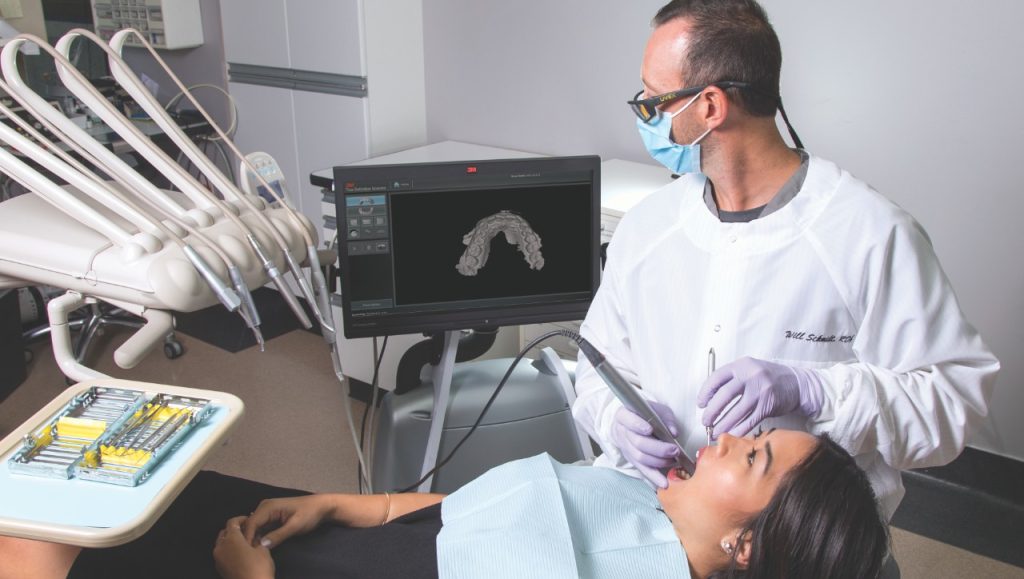
4. Improved Treatment Outcomes and Predictability
Digital dentistry has also enhanced the predictability and long-term success of various dental procedures. With the use of accurate imaging, virtual treatment planning, and precise restoration fabrication, dental professionals can achieve better results with fewer complications.
A. Reduced Human Error
- Accuracy: Digital tools are highly accurate, reducing the possibility of human error in treatment planning and execution. Whether it’s in the design of a dental restoration or the placement of an implant, the precision of digital systems ensures that treatments are performed with a high degree of accuracy.
B. Predictable Results
- Simulations: Many digital systems allow for the creation of virtual simulations of dental treatments, which help dentists predict the outcome before proceeding. For example, digital smile design allows patients to see what their smile will look like after cosmetic treatments like veneers or braces.
- Customized Treatment Plans: By using digital impressions and imaging, dentists can create treatment plans tailored to the individual patient, leading to more predictable and successful outcomes.
5. The Future of Digital Dentistry
The integration of digital technologies in dentistry is just the beginning. As technology continues to advance, we can expect even more sophisticated tools and techniques to further enhance the quality of care provided to patients.
- Artificial Intelligence (AI) and Machine Learning: AI can assist in diagnosing dental conditions, predicting treatment outcomes, and even identifying patterns in patient data to provide personalized care.
- Tele-dentistry: With digital tools, dentists can remotely consult with patients, provide virtual check-ups, and monitor the progress of treatment, expanding access to care.
- Robotic Surgery: The development of robotic systems could lead to even more precise and minimally invasive dental surgeries in the future, improving recovery times and reducing risks.
Conclusion
Digital dentistry is revolutionizing traditional dental care by improving accuracy, efficiency, patient comfort, and treatment outcomes. With the integration of advanced technologies like digital imaging, CAD/CAM, 3D printing, and virtual treatment planning, dentists can provide more precise, faster, and personalized treatments. This transformation not only enhances the patient experience but also makes dental procedures more predictable, minimally invasive, and effective.
As digital tools continue to evolve, the future of dentistry looks promising, with even more innovations on the horizon to further improve the quality of care and the patient experience.

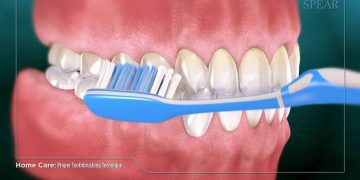
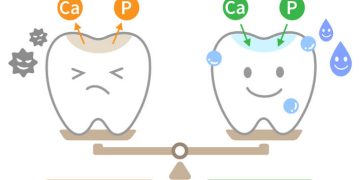
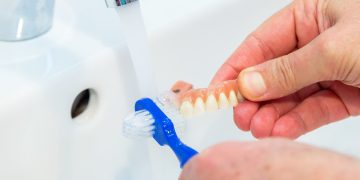



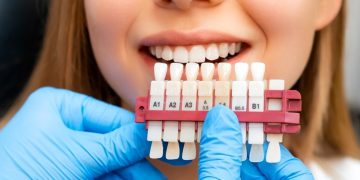
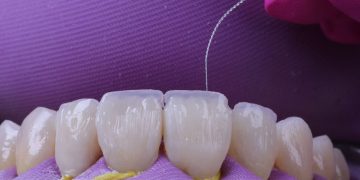
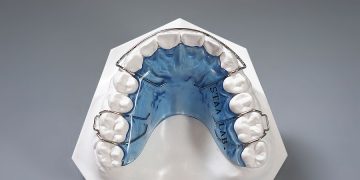
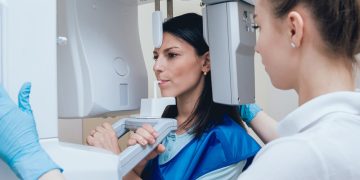
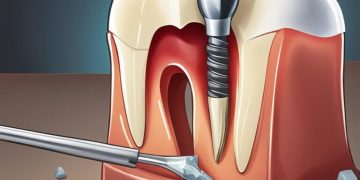
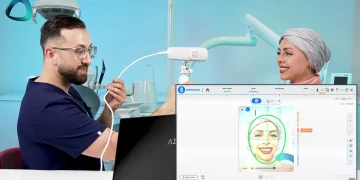


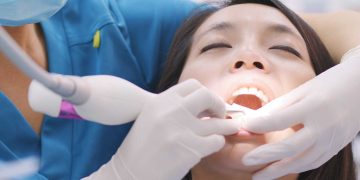









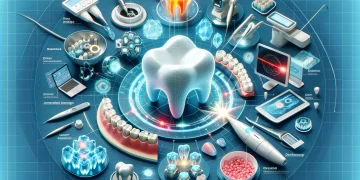


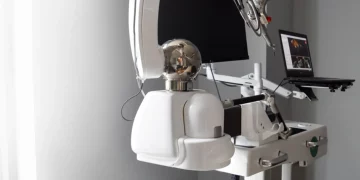
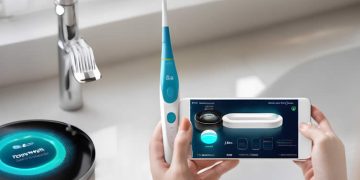
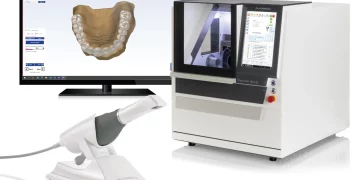
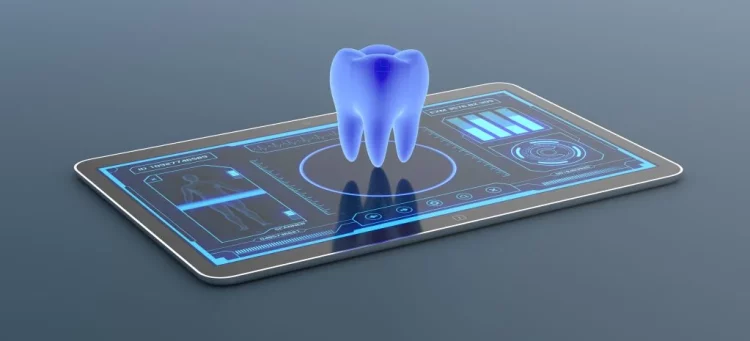












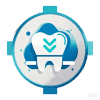
Discussion about this post